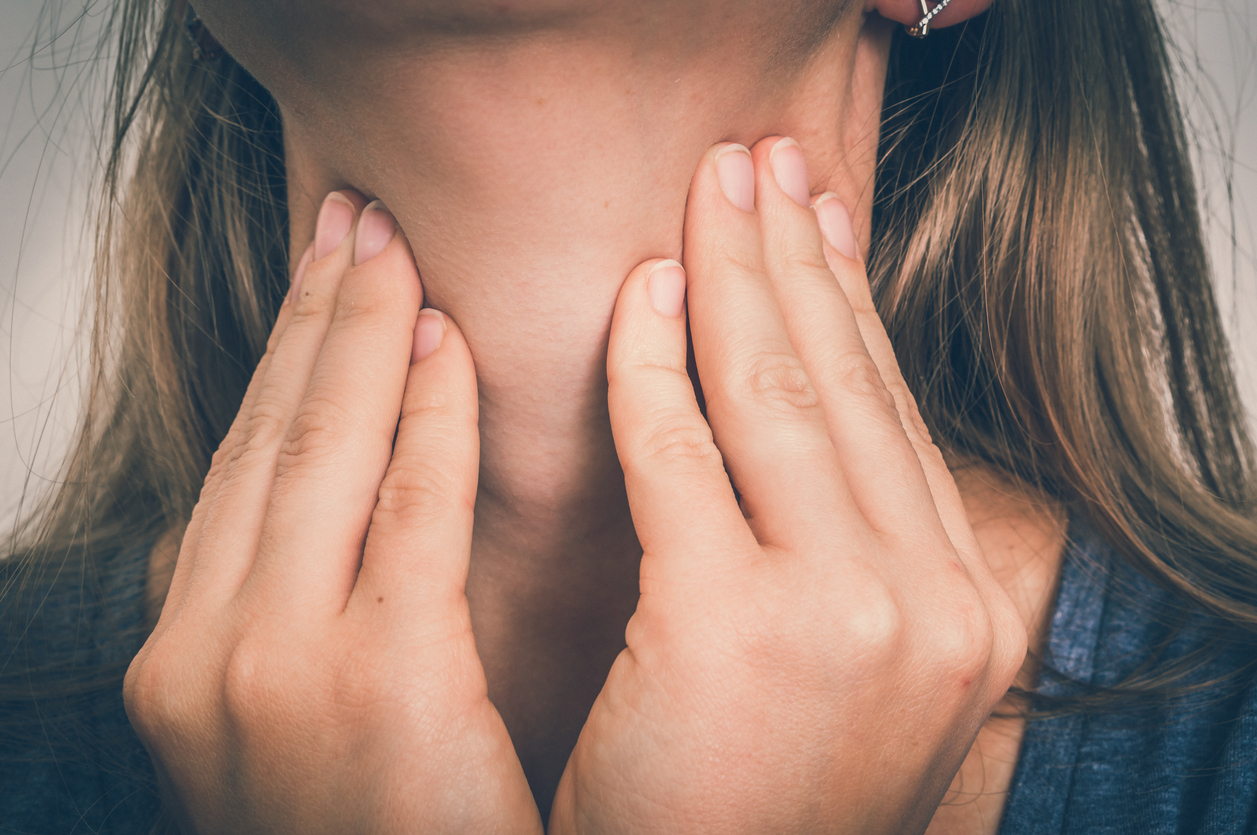Around one or two out of every hundred people develop an underactive thyroid [1]. This means that your thyroid gland, which sits on the front of the neck, does not produce enough of the hormones that regulate your metabolism.
What does this mean? For people with diabetes, the link relates to metabolism. Underactive thyroid, also known as hypothyroidism, can lead to hunger, low body temperature, muscle weakness and fatigue. Therefore, an underactive thyroid in those with diabetes could also affect blood sugar control.
Hypothyroidism
Identifying early signs of underactive thyroid could be particularly important for those with type 1 diabetes. According to Diabetes UK, people with type 1 diabetes are more at risk “because the body’s cells can attack the thyroid and destroy the cells as they do the insulin producing cells in the pancreas”. [2]. This autoimmune form of hypothyroidism is known as Hashimoto’s thyroiditis and is the most common cause of hypothyroidism in the UK [1]. Underactive thyroid is also associated with type 2 diabetes development.
Iodine deficiency
Iodine deficiency is another cause of hypothyroidism. Iodine is a mineral needed to make thyroid hormones, so when you run low on iodine, your thyroid has to work harder. This can mean your thyroid increases, resulting in a swelling known as ‘goitre’. [3]
The NHS recommends that adults consume 0.14mg of iodine per day, which is often attainable from eating a varied and balanced diet. However, the actual amount of iodine in food can vary according to factors such as soil quality, farming practices and seasons. [4]
If you are deficient in iodine then eating more iodine-containing foods can be useful. However, you should consult with your doctor regarding your personalised iodine intake to ensure you don’t consume too much.
These are seven examples of high iodine-containing food which can be added to your diet*:
1. Haddock
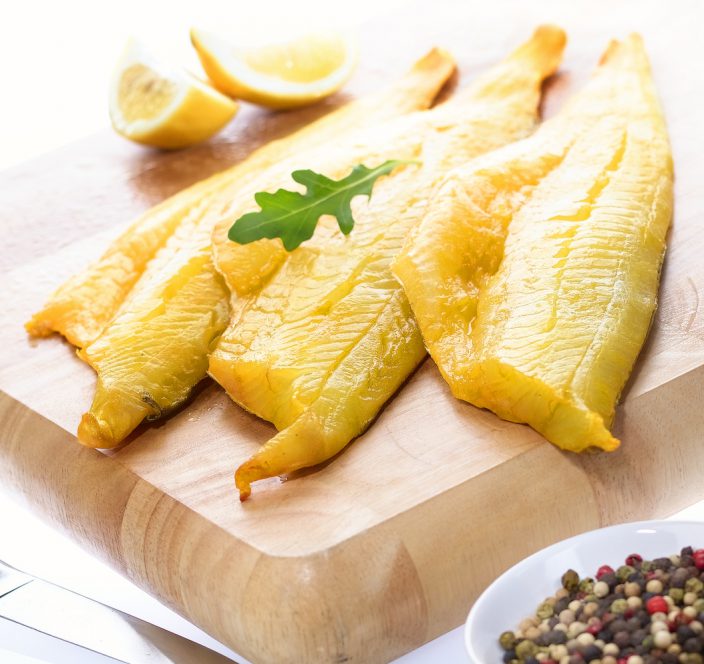
Per 120g portion of haddock, the average iodine portion is 390 mcg (micrograms).
2. Cod
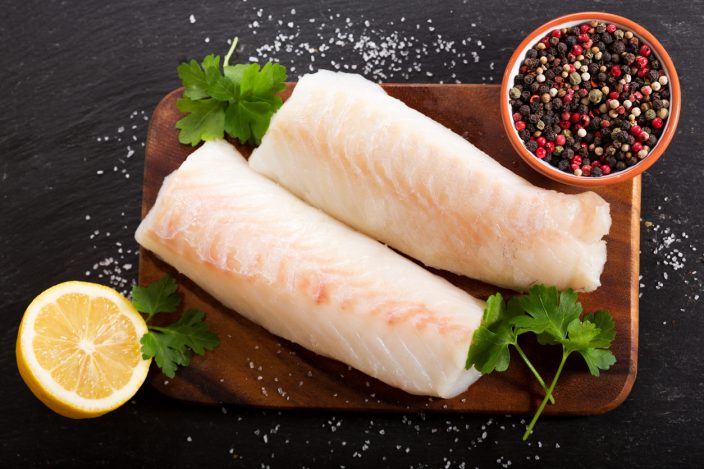
Per 120g portion of cod, the average iodine portion is 230 mcg.
3. Scampi
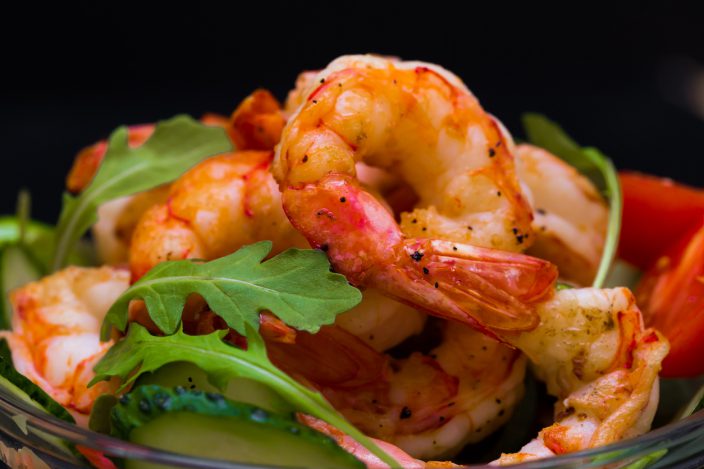
Per 170g portion of scampi, the average iodine portion is 160 mcg. However, be careful not to consume too much breaded scampi as this can be higher in carbohydrate and therefore raise blood sugar levels.
4. Cow’s milk
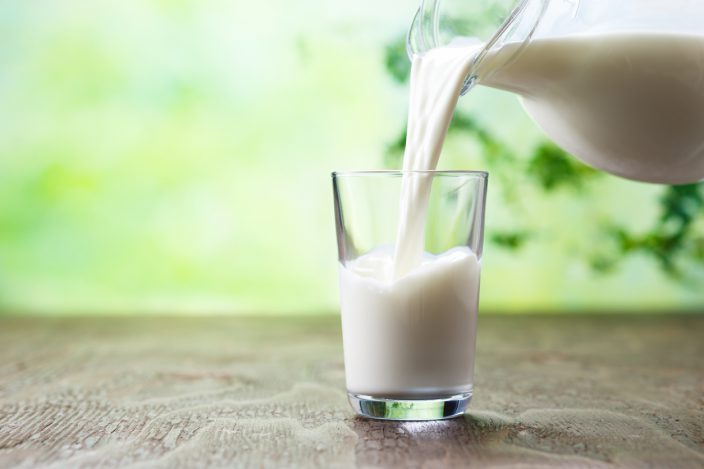
Per 200ml portion of cow’s milk, the average iodine content is 50-100 mcg. The quantity will depend on the season; a higher value can be expected in the winter. Opt for full fat if you follow a lower carb diet.
5. Yoghurt
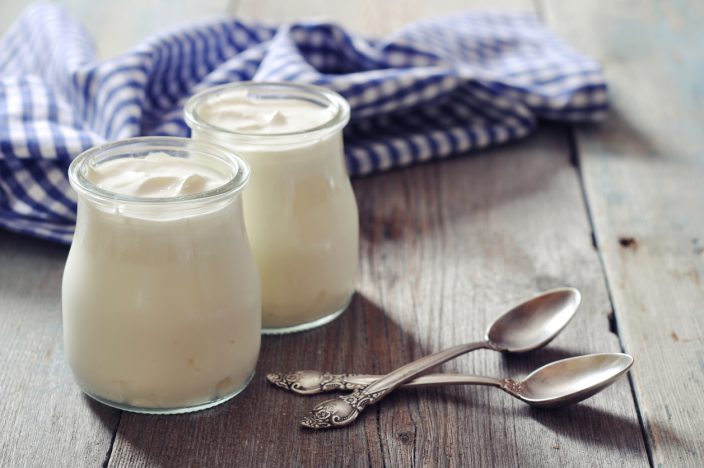
Per 150g, yoghurt also contains 50-100 mcg of iodine. This again depends on the season, and full fat is again too the healthier option compared with low fat.
6. Eggs
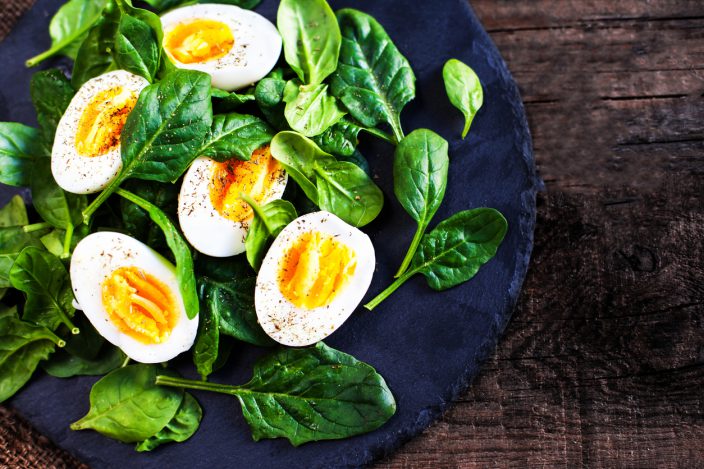
One 50g egg contains an average iodine portion of 25 mcg.
7. Cheese
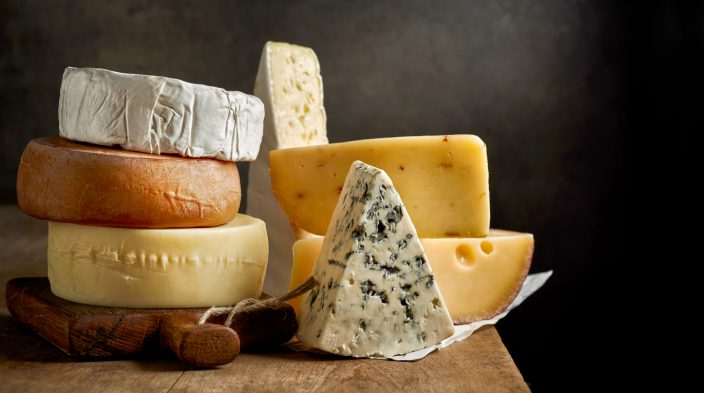
Per 40g portion of cheese, the average iodine portion is 15 mcg.
*All information taken from the British Dietary Association.
Fish and full fat dairy are not only delectably low carb options from a blood glucose standpoint, but they also provide the most iodine content amongst foods. Iodine supplements, including those made from sea kelp, are also available, but these may not be necessary if you can attain enough iodine from your diet. Any supplements should be discussed with your GP.
References
[1] Underactive thyroid (hypothyroidism) | Health Information | Bupa UK. 2019. Underactive thyroid (hypothyroidism) | Health Information | Bupa UK. [ONLINE] Available at: https://www.bupa.co.uk/health-information/heart-blood-circulation/underactive-thyroid. [Accessed 25 June 2019].
[2] Diabetes UK. 2019. Related conditions | Diabetes UK. [ONLINE] Available at: https://www.diabetes.org.uk/diabetes-the-basics/related-conditions#thyroid. [Accessed 25 June 2019].
[3] Iodine. (2016). [ebook] British Dietary Association. Available at: https://whttps://www.bda.uk.com/foodfacts/Iodine.pdfww.bda.uk.com/foodfacts/Iodine.pdf [Accessed 25 Jun. 2019].
[4] nhs.uk. 2017. Vitamins and minerals – Iodine – NHS. [ONLINE] Available at: https://www.nhs.uk/conditions/vitamins-and-minerals/iodine/. [Accessed 25 June 2019].
